
What if your next 100 customers never needed to be replaced? Imagine running a Shopify store without constantly chasing new buyers. Your existing customers return like clockwork. They spend more with each visit. They enthusiastically tell friends about your products.
Does it sound like a fantasy? It can be the reality – or pretty close to it – for merchants who’ve mastered a Shopify loyalty program. Implementing one doesn’t require a massive budget or technical expertise. And we’ll explain how to do it in this article.
| TL;DR: Launching a loyalty program is easy with proper planning |
|---|
| It’s much more efficient to retain customers than to acquire new ones. Implementing a sales loyalty program is one effective strategy for this. |
| Several types of loyalty programs exist, varying in logic. You can implement any in your store using a Shopify App or a custom integration. |
| Setting up the tracking, defining KPIs, and having clear expectations are as crucial as finalizing the logic of your loyalty program. |
| Getting inspired by other brands can be the first step to positive change. Just look beyond the mechanics of a loyalty program to understand its strategic intent. |
Why use a loyalty program
It’s five to six times more expensive to find a new client than to engage an existing one. Meanwhile, a 5% increase in customer retention can boost ROI by 25-95%. What does it have to do with Shopify loyalty points? A well-designed offer transforms occasional shoppers into brand advocates. They return again and again. They tell their friends about your brand. In the end, you get much more than just retention. With a Shopify rewards program, you can expect:
increased repeat purchases
higher average order value
reduced customer churn
lower marketing costs
valuable customer data
competitive differentiation.
Gamified loyalty programs for email marketing campaigns can enhance both customer lifetime value and conversion rate – by 48% and 15%, respectively. What’s more, participation in a loyalty or rewards program motivates 81% of consumers to purchase from the brand more frequently.
The math speaks for itself. There’s little sense in pouring marketing budgets into chasing new customers until you’ve discovered the full potential of working with your existing customer base. And a loyalty program for Shopify is a good place to start.
Types of loyalty programs in ecommerce
An effective loyalty program isn’t the most sophisticated or simple one. It’s one that pays attention to your brand’s particularities and customer base. Let’s explore the types of Shopify loyalty programs that might work for your store:
Points-based programs. Customers earn points for purchases, referrals, or social engagement. These points can be redeemed for discounts, free products, or exclusive perks. It works well for stores with frequent purchase opportunities.
Tiered loyalty programs. You can set different membership levels based on customer spending or engagement. Higher tiers unlock better rewards. This creates exclusivity and motivates customers to reach the next level. Luxury brands and stores with high average order values benefit from it the most.
Paid membership programs. Customers pay a subscription fee for immediate benefits. It can be free shipping, exclusive discounts, or early access to products. This model, popularized by Amazon Prime, works best when the perceived value significantly exceeds the membership cost.
Value-based programs. These align with values and causes important to your audience. For example, a percentage of purchases might go to environmental or social causes. It’s particularly effective for mission-driven brands with socially conscious customers.
Cashback programs. Customers receive a percentage of their purchase back as store credit for future purchases. They are simple to understand and highly appealing to value-conscious shoppers.
Gamified loyalty programs. Challenges, badges, leaderboards, and similar game mechanics are at the heart of such programs. It makes earning rewards more engaging. Gamification works best with younger demographics and brands with a playful identity.
Partner programs. It’s possible to collaborate with other businesses to offer mutual benefits to customers. This expands your program’s value proposition and can introduce your brand to new audiences.
Hybrid programs. It’s possible to combine the elements of several programs into a unique mix.
The right Shopify loyalty program structure depends on your business model, customer preferences, and long-term goals. Take time to research what resonates with your customer base. Many merchants succeed by starting with a straightforward points-based system and evolving it based on customer feedback and performance data.
How to set up a loyalty program on Shopify
So, how to create a loyalty program on Shopify? Shopify doesn’t offer native tools for managing loyalty programs yet. Meanwhile, there are several ways to handle it without any problem.
On the business side, you need to:
- Define your goal and objectives for a loyalty program.
- Select the type of program you want to use.
On the technical side, you have three options for implementing it.
#1 Personalization with Shopify
It’s not a full-fledged loyalty program. Yet, it’s a way to create basic tiered loyalty-like experiences. It usually works well for merchants just starting. You can determine your most active customers and offer benefits. To do this:
- Enable customer accounts on your store to track purchase history.
- Use Shopify’s customer tagging to create segments based on purchase history.
- Apply different discount codes to different segments.
- Set up automatic emails with these discount codes after purchases.
This approach doesn’t require any upfront investment. However, it comes with more manual settings and management.
#2 Loyalty apps from the Shopify App Store
This is the most straightforward approach for most merchants. It offers pre-built solutions with minimal technical requirements. To set up the loyalty programs on Shopify:
- Explore the apps. Browse the Shopify App Store to learn what’s available. Some popular options are Smile.io, LoyaltyLion, Yotpo, etc.
- Evaluate features against your needs. Compare the apps. Consider program types supported and customization potential. Pay attention to integration, analytics, and overall feedback.
- Install your chosen app. Most apps will guide you through the setup. The standard flow includes connecting to your store, setting permissions, and basic configurations.
- Configure your program. Manage the final setup. Specify the core mechanics of your loyalty program inside the app. It can include logic (how customers earn points), point values (e.g., $1 = 10 points), and similar details.
- Adjust the design. Customize the visual elements to match your brand. Add program name. Set the color schemes and typography. Choose widget placement on your store. Design email notification templates.
Remember to test your program before launch. Evaluate the experience customers will get from multiple angles. Create test accounts and make test purchases to redeem rewards. With this, you’ll be able to verify the calculation of Shopify points and ensure proper functionality at all levels. Test on different devices and browsers for better accuracy.
#3 Custom development and API integration
Some merchants are seeking a highly tailored solution. If you are one of them, custom development with Shopify integration offers maximum flexibility. But for this, you’ll need to work with an experienced team – either in-house developers or a partner agency specializing in Shopify web development, like DigitalSuits.
- Define the requirements. Explain exactly how your loyalty program should function. Document the program mechanics, customer journey, integration points with other systems, and reporting needs.
- Build the solution. Software engineers translate the logic into functional code.
- Use Shopify’s APIs. Developers can rely on Shopify’s robust API framework for easy connection.
- Create a custom database. You’ll use it to track essential information. This includes customer loyalty data, points balances, redemption history, and program analytics.
- Build the front-end components. Develop user-facing elements. You’ll need interfaces for the customer dashboard, points display in the shopping cart, enrollment process, and other steps.
Just like with the apps, implementation should end with extensive testing. Look into functional aspects, mobile responsiveness, and compatibility with devices and browsers.
How to measure the success of your loyalty program
Launching loyalty programs on Shopify without proper measurement is like sailing without a compass. You might be moving, but you can’t be sure whether you’re heading in the right direction. On the bright side, loyalty programs generate a wealth of data. It can help you evaluate performance and adjust it to increase sales on your Shopify store.
Here are a few things that will help you make sense of all the data.
Setting up proper tracking
Use your loyalty program’s analytics dashboard for program-specific metrics. Configure custom segments in your Shopify analytics to compare members and non-members. Set up UTM parameters for all promotions to track traffic sources. Create specific Google Analytics goals to track loyalty-related conversions. You can also implement customer surveys at key touchpoints. It will provide qualitative feedback and insights that mere numbers fail to generate.
Defining key performance indicators
It’s essential to select meaningful KPIs. Tracking more doesn’t equal tracking effectively. As for the parameters that may be illustrative, they might differ. We’d suggest paying attention to the following:
Program enrollment rate. The percentage of customers who join your loyalty program. A low enrollment rate might indicate poor visibility, a complicated sign-up process, or insufficient perceived value.
Active engagement rate. The percentage of enrolled members who actively participate (earning and redeeming points). This reveals whether members find ongoing value in your program.
Repeat purchase rate. Indicates how frequently loyalty program members return to make additional purchases compared to non-members. This is a direct indicator of improved customer retention.
Redemption rate. The percentage of earned rewards that members actually redeem. Low redemption rates might indicate that rewards aren’t valuable or attainable enough.
Point liability. The total value of unredeemed points in your system. This helps forecast the financial implications of your program.
You may also want to add more general KPIs. For example, look into average order value (AOV) and customer lifetime value (CLV). Comparing members versus non-members to understand profitability and long-term impact.
Calculating return on investments
To determine if your loyalty program is delivering positive returns, take the time to calculate the ROI. Use the following formula:
ROI = ((Program Benefits – Program Costs) / Program Costs) × 100%
Program costs can include:
technology/platform fees
value of redeemed rewards
program management time
promotional expenses.
Meanwhile, program benefits include:
incremental revenue from increased purchase frequency
additional revenue from higher average order values
reduced marketing costs from improved retention
value of additional customer data collected.
A positive ROI indicates your program is creating financial value. A negative one suggests the need for optimization.
Avoiding the pitfalls
When measuring loyalty program success, watch out for these measurement traps:
Confusing correlation with causation. Remember that loyal customers might have been loyal regardless of your program.
Focusing solely on short-term metrics. Some benefits, like improved brand perception, take time to materialize but deliver significant long-term value.
Neglecting qualitative feedback. Numbers tell only part of the story. Customer comments can reveal improvement opportunities that no metric will show.
Establish a measurement baseline before launch. Set specific goals for each metric and schedule regular performance reviews. Remember that your loyalty program isn’t static. It’s a living system that requires ongoing optimization based on the data you collect.
Loyalty program tips to follow and mistakes to avoid
Even a program that starts with modest results can be optimized into a powerful retention engine over time. Just remember to stay aware of both best practices and mistakes. Here are two lists highlighting the standouts and the disappointments.
Shopify customer loyalty program dos:
Aim for one-click enrollment during checkout, with minimal required information.
Communicate value immediately – at the very moment a customer sees a program.
Offer rewards that feel achievable enough to motivate immediate action but valuable enough to drive excitement.
Create exclusive experiences, not just discounts, to create a stronger emotional appeal.
Consider sending surprise birthday offers or milestone rewards customers don’t see coming.
Personalize when possible – use segmented rewards based on purchase history or customer preferences.
Use progress bars, milestone celebrations, etc., to drive engagement.
Make point accumulation transparent to build trust in your program.
Shopify customer loyalty program don’ts:
Overcomplicating the mechanics. If your program requires a training manual to understand it, it’s too complex.
Setting the value bar too low. Offering a $5 reward after $1,000 in purchases will not drive loyalty; in fact, it might actually create resentment.
Hiding the program. Don’t bury your loyalty program in a footer link or account menu.
Focusing solely on transactions. Consider rewarding engagement beyond purchases, like social sharing, reviews, or referrals.
Aggressive expiration policies. If you must expire points, provide ample warning and redemption opportunities.
Diluting your brand identity. Your loyalty program should reinforce your brand values, not contradict them.
Getting outpaced by competitors. Regularly benchmark your program against direct competitors and adjacent industries.
Ignoring customer feedback. Your members will tell you what’s working and what isn’t.
Perhaps the biggest mistake is treating your loyalty program as just another marketing tactic. But it’s not one. It’s a long-term relationship-building tool. A Shopify customer rewards program is fundamentally a promise to your customers. Delivering on that promise is what consistently builds trust. And the trust translates into lasting customer relationships.
Loyalty program examples for inspiration
Sometimes, the best way to spark ideas for a loyalty program is to see what’s working for other brands. The following examples aren’t all Shopify merchants. Nevertheless, they showcase principles that can be applied to any ecommerce store, regardless of the platform.
#1 Sephora Beauty Insider – a tiered program focusing on exclusivity and non-discount benefits.
What makes it special: The program creates a clear path to higher status with increasingly valuable perks. The brand doesn’t prioritize discounts. Instead, it offers early access to products, exclusive events, and free beauty classes.
Key takeaway: A transparent tier system with valuable benefits encourages members to spend more to unlock better perks.
How to apply this: Consider what exclusive access or services you could offer beyond discounts. Could your top-tier members get first access to new collections, limited edition items, or something of a kind?
#2 Lululemon Sweat Collective – a program emphasizing fitness community engagement.
What makes it special: The program is aimed at fitness professionals – instructors, athletes, and coaches. It offers product discounts and early access while fostering a sense of community and expertise.
Key takeaway: Aligning rewards with your customers’ passions creates a deeper emotional connection to the brand.
How to apply this: Target niche communities or professions within your customer base. Offer tailored discounts, exclusive content, or products that resonate with their interests.
#3 Starbucks Rewards – a points-based mobile-first loyalty strategy with personalized rewards.
What makes it special: This app-based program combines payment, ordering, and rewards into a seamless experience. It offers exceptional convenience while gamifying the coffee-buying experience.
Key takeaway: Personalization drives engagement. Members feel valued when rewards are tailored to their unique preferences.
How to apply this: Focus on making your program interaction seamless. Consider integrating loyalty elements directly into the shopping experience.
These are just a few examples, with many more worth adding to this list. There are sustainability-focused REI Co-op Membership and Girlfriend Collective ReGirlfriend, all-embracing Amazon Prime, and a variety of brands that turn loyalty programs into a natural extension of the brand experience. When examining these references, look beyond the mechanics to understand the strategic intent. The most successful programs don’t just incentivize the next purchase. They highlight brand strengths, reinforce values, and create community. And most importantly, they build lasting emotional connections.
Wrapping up
When done right, a loyalty program transcends points and rewards to become something far more valuable: a community around your brand. Purchases become a bit more than transactions. They’re little blocks building the relationships between your brand and those who choose your products.
Eventually, they’ll do it not because of a discount but because they feel genuinely connected. You already have everything you need to create this reality for your Shopify or Shopify Plus store. The technology is accessible, the strategies are proven, and your customers are waiting for a reason to return. All that’s left is to launch the best Shopify loyalty program.
Hopefully, this article clarified how loyalty programs work. If you want to implement a custom loyalty program or prefer to get professional guidance, our team is always eager to help. Contact DigitalSuits, and let’s discuss the options.
Frequently Asked Questions
Do loyalty programs work for all types of Shopify stores?
Loyalty programs can benefit most stores. However, they’re particularly effective for businesses with repeat purchase potential and moderate to high purchase frequency. Average order values must allow room for rewards without destroying margins.
How soon can I expect to see results from my loyalty program?
Most merchants see initial engagement within the first 30 days. Meaningful revenue impact typically takes three to six months. It’s because the program has to gain traction, and customers need to accumulate enough points to start redeeming rewards.
How do I prevent my loyalty program from eating into my profits?
Start by calculating your customer lifetime value. With these numbers, set reward values representing a reasonable percentage of customer spending. Businesses typically start at 3-7%. Track redemption rates closely. Adjust if reward costs exceed your target percentage of revenue.


























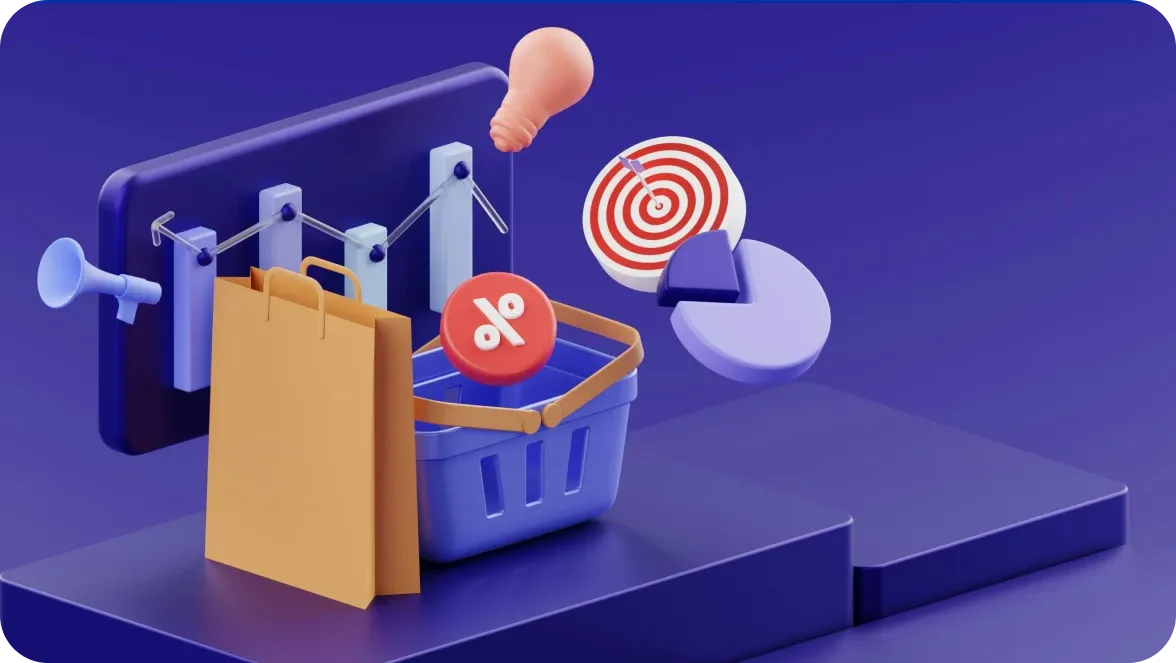






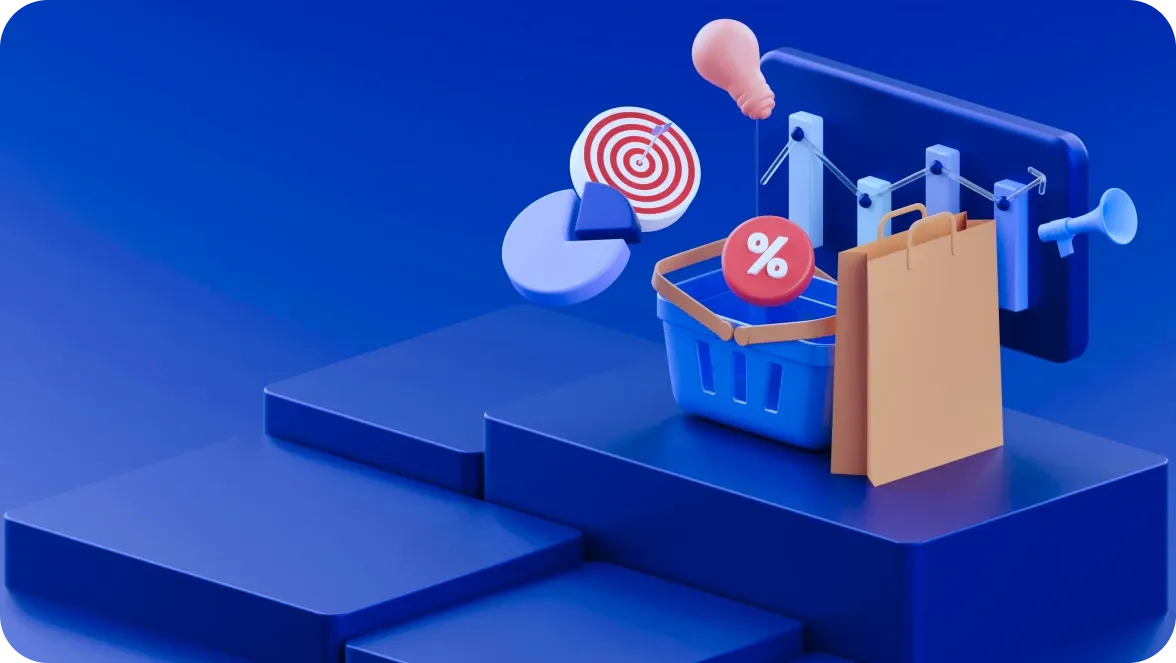


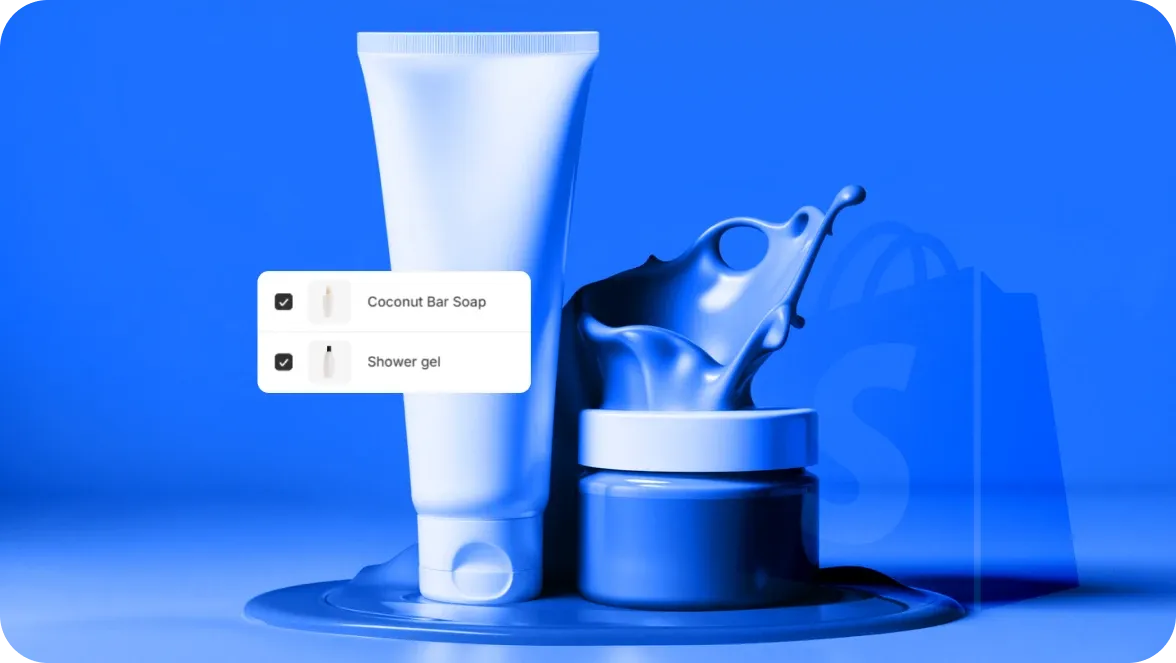

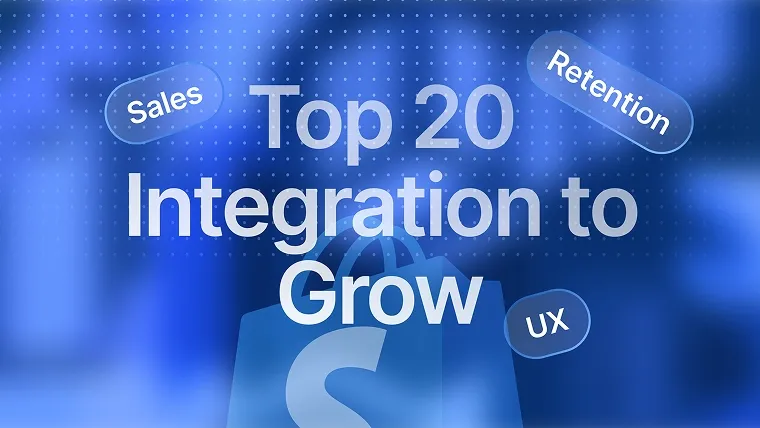
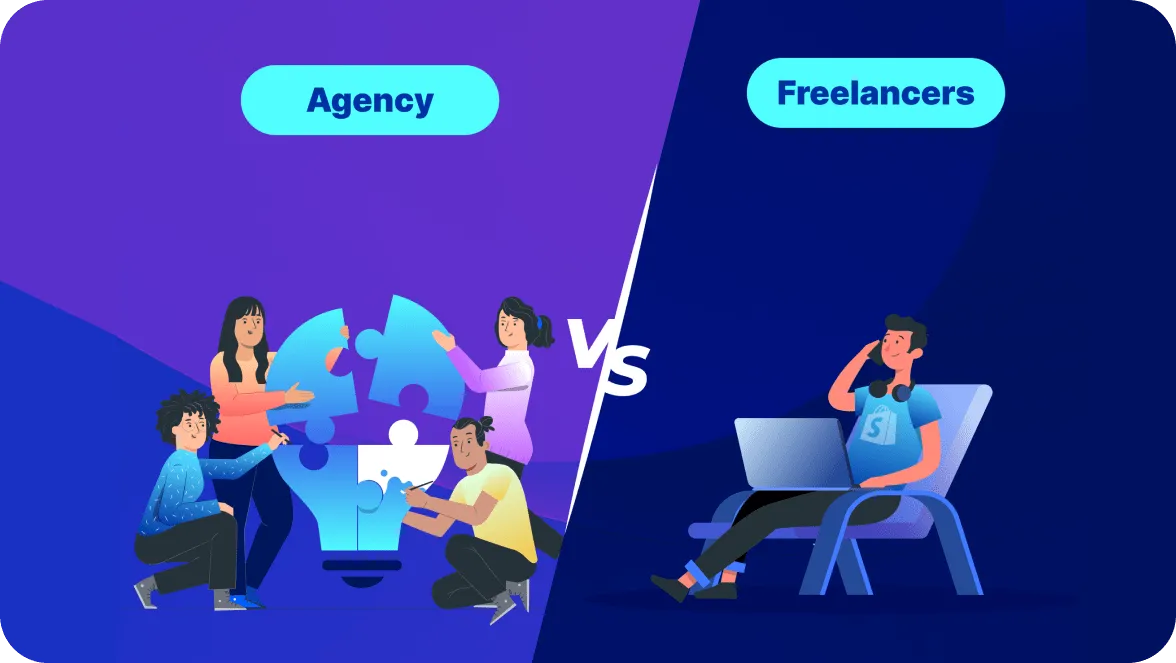
Was this helpful?
0
No comments yet